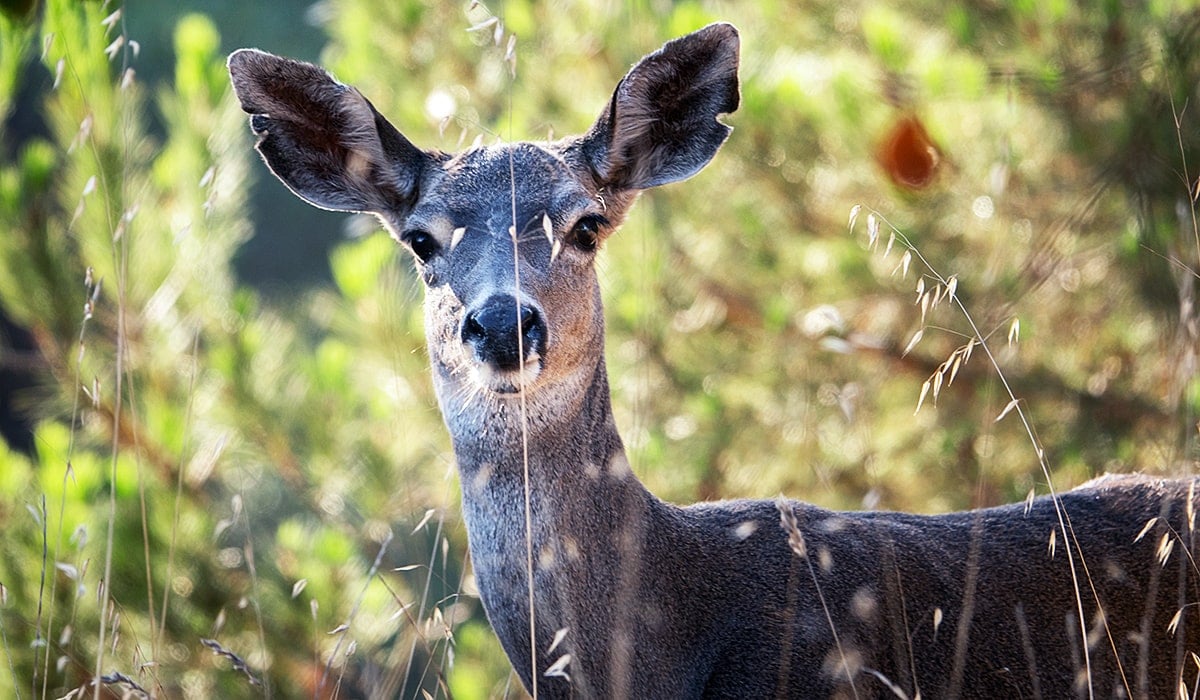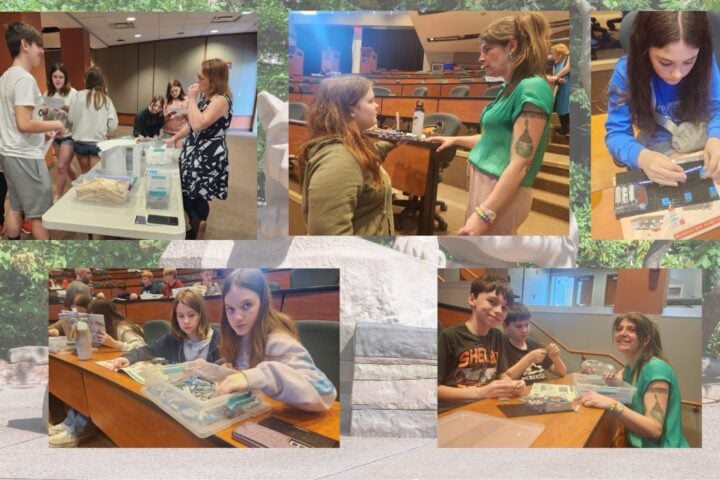HARRISBURG, PA – The Pennsylvania Game Commission reminds hunters about regulations prohibiting the movement of high-risk carcass parts from deer, elk and other cervids to control the potential spread of Chronic Wasting Disease (CWD).
These regulations will impact hunters going out of state this fall or hunting within Disease Management Areas (DMAs) and CWD Established Areas (EAs).
Hunters are prohibited from importing high-risk parts or materials from cervids harvested, taken, or killed in any state or country outside Pennsylvania. In years past, the prohibition applied only to those parts from animals taken in states and provinces known to have CWD.
Hunters are prohibited from moving high-risk parts outside of any DMA or EA. That includes moving high-risk parts from one DMA to another DMA. These regulations also apply to deer killed in vehicle collisions and picked up for consumption.
Presently, Pennsylvania has one EA, which is a subsection of DMA 2 in southcentral Pennsylvania.
High-risk parts include the head (including brain, tonsils, eyes, and any lymph nodes); spinal cord/backbone; spleen; skull plate with attached antlers, if visible brain or spinal cord tissue is present; cape, if visible brain or spinal cord tissue is present; upper canine teeth, if root structure or other soft tissue is present; any object or article containing visible brain or spinal cord tissue; unfinished taxidermy mounts; and brain-tanned hides.
Game Commission CWD biologist Andrea Korman explained the regulations.
“CWD is a threat to deer and elk in Pennsylvania, so the Game Commission’s goal continues to be to prevent further introductions of CWD into our state and to prevent spread within the state,” Korman said. “The movement of high-risk carcass parts is a potential avenue through which CWD could be spread, and one that can be prevented.”
The regulation banning the importation of high-risk parts into Pennsylvania from any state or province – regardless of whether CWD is known to exist there – serves two purposes.
It takes into account the wide range of testing and surveillance in other states – not all monitor the disease the same way – and simplifies things for hunters, who no longer have to comply with different rules in different areas.
The regulation specific to the EA reflects the state of the disease there. Pennsylvania’s EA has produced about 90% of the all wild-deer CWD cases in Pennsylvania to date.
Hunters who take a deer within the EA must either butcher it and dispose of the high-risk parts within EA boundaries, or take it to a processor within the EA. Those who want to have the deer mounted must cape it to remove all high-risk parts or take it to a taxidermist within the EA.
The same rules apply to deer taken within any of the DMAs.
“Much is still unknown about CWD, so limiting exposure of all species to this known pathogen is essential,” Korman said.
More information can be found at www.arcg.is/1G4TL. Visitors to that site can find statistics on CWD, maps and boundary descriptions of the EA and each DMA, and more.
That site also lists the location of CWD testing bins. Hunters who harvest a deer within the EA or any of the DMAs can place its head in one of those bins. Heads should be double-bagged, with antlers removed, and placed in a bin with the harvest tag legibly filled out and firmly attached to the ear. The Game Commission tests these deer for CWD for free and makes results available to hunters. Hunters can check their test results by calling the CWD hotline (1-833-INFOCWD), emailing [email protected], or by visiting the results lookup page at www.arcg.is/1G4TLr.
Pennsylvania first detected CWD in 2012 at a captive deer facility in Adams County. The Game Commission has since tested more than 118,000 wild, free-ranging whitetails and more than 1,700 elk for CWD.
To date, CWD has been found in about 1,000 deer. It has not been detected in Pennsylvania’s elk herd.






























